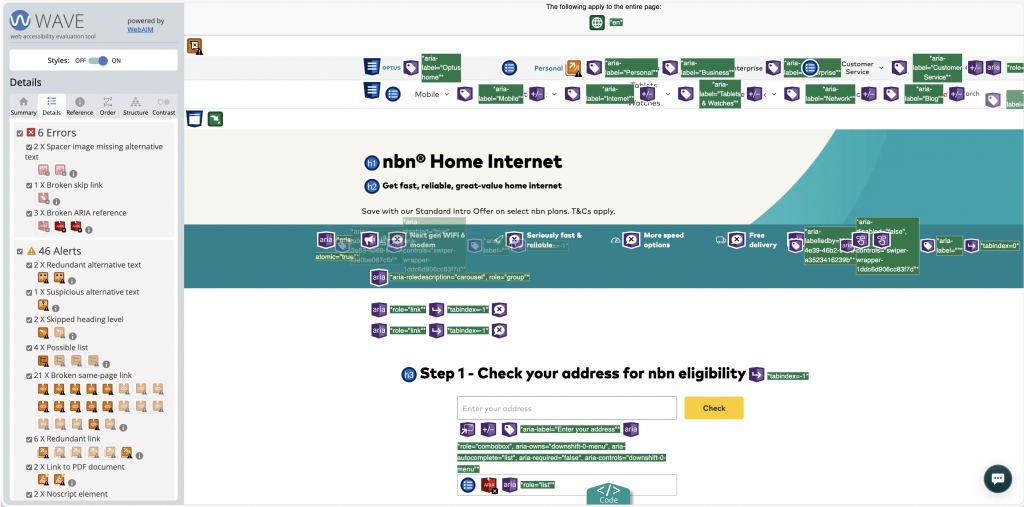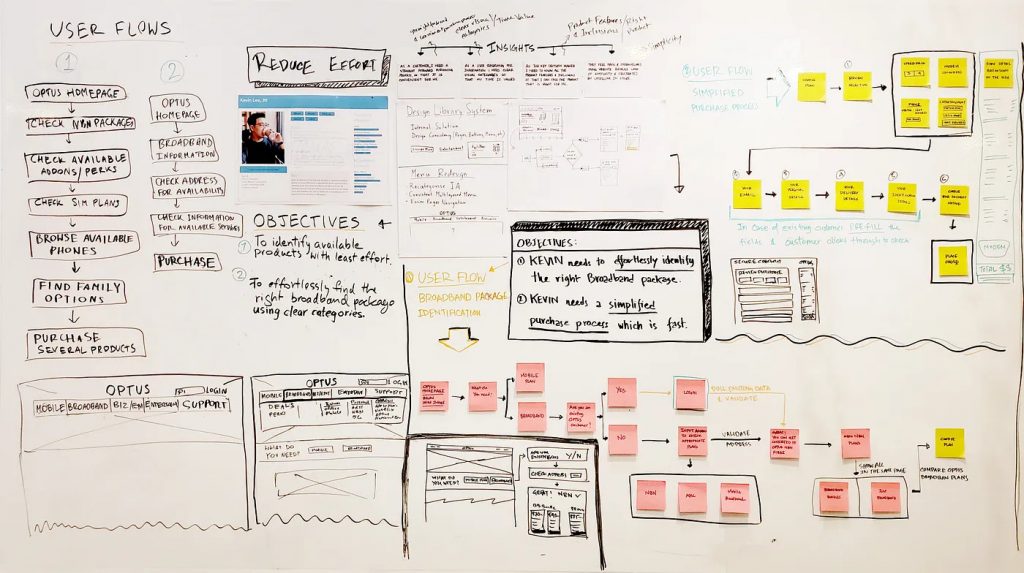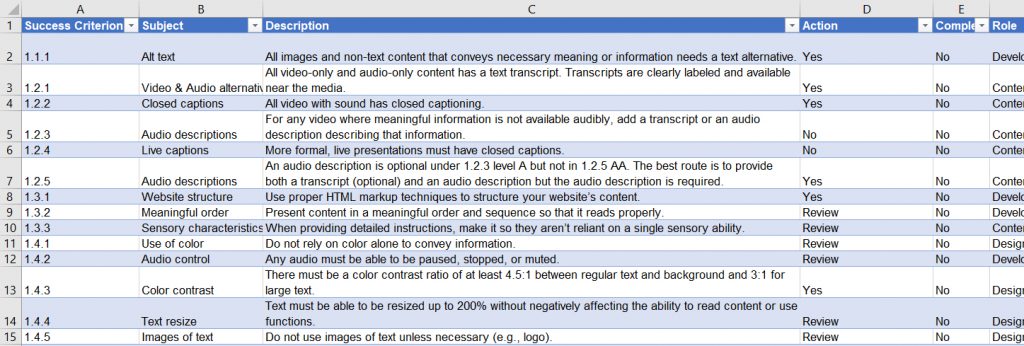Transforming the nbn User Experience
(A Focus on Accessibility, Usability, and Compliance.)
Design isn’t just about aesthetics; it’s about ensuring accessibility and intuitive usability for everyone.

Elevating the Fibre Internet Experience with a User-Centric Approach
As a Senior UX Designer at Optus, I led a significant transformation of the NBN (fibre internet) user journey. My primary goal was to enhance the accessibility, usability, and legal compliance of the platform, ensuring that every customer—regardless of their abilities or technical knowledge—could easily navigate and select the right NBN plan.
Brief
Optus is committed to providing a seamless digital experience for its customers, particularly when it comes to choosing NBN services. However, the complexity of the existing user journey posed several challenges. Customers struggled with understanding the various NBN plans, navigating the platform, and making informed decisions. These issues not only impacted user satisfaction but also raised concerns about accessibility and legal compliance with Australian regulations.
Challenges
Accessibility Gaps
The original NBN platform had significant accessibility issues that made it difficult for users with disabilities to navigate and use the service. This included poor contrast ratios, inadequate support for screen readers, and complicated navigation that hindered keyboard-only users. These gaps not only alienated a portion of our customer base but also risked non-compliance with WCAG 2.1 standards, which are critical for legal compliance in Australia.
Usability Challenges
The complexity of the NBN service selection process led to high abandonment rates. Users found it difficult to compare plans, understand technical jargon, and complete the purchase process. The cluttered and confusing interface was a major barrier, causing frustration and leading to a significant drop in conversions.
Legal Compliance and Alignment
With the increasing scrutiny on digital platforms, it was imperative that our NBN service adhered to all relevant legal standards, including the Australian Government's Digital Service Standard. This meant ensuring that the platform was not only user-friendly but also compliant with legal requirements for accessibility, data privacy, and consumer rights.
Design Process
Comprehensive Accessibility Audit
The first step in our redesign was conducting a thorough accessibility audit of the existing NBN platform. We identified key areas that needed improvement, such as color contrast, alt text for images, and keyboard navigation. Based on this audit, we developed a plan to address these issues, ensuring that the platform would be fully accessible to all users.
User-Centered Design Approach
We adopted a user-centered design approach, focusing on the specific needs of our diverse user base. This involved extensive user research, including interviews and usability testing with individuals who have disabilities. We created personas that represented a range of abilities and technical proficiencies, ensuring that our designs were inclusive and user-friendly.
Simplified Information Architecture
To enhance usability, we restructured the platform’s information architecture. This involved simplifying the navigation and organizing content in a way that was intuitive and easy to understand. We removed unnecessary steps from the user journey, making it easier for users to find the information they needed and complete their purchase.
Prototyping and Usability Testing
We developed wireframes and prototypes that prioritized both accessibility and usability. These prototypes were tested with a diverse group of users, including those with disabilities. Their feedback was critical in refining our designs, ensuring that the final product was easy to navigate and use for everyone.
Compliance with Legal Standards
Throughout the redesign process, we worked closely with legal and compliance teams to ensure that the platform met all relevant legal requirements. This included adhering to the WCAG 2.1 guidelines, ensuring data privacy in line with Australian laws, and providing clear, understandable information to consumers as required by consumer protection laws.
Collaboration & Implementation
Cross-Departmental Collaboration
The success of this project hinged on collaboration across multiple departments, including legal, compliance, product management, and development. Regular meetings and workshops ensured that the design solutions we implemented were not only user-friendly but also aligned with Optus’s legal and business objectives.
Continuous Stakeholder Engagement
We maintained an ongoing dialogue with key stakeholders throughout the project, including accessibility advocates and legal experts. Their insights were invaluable in ensuring that our designs met both user needs and legal standards. Post-launch, we continued to monitor feedback and make iterative improvements.
Outcomes
Enhanced Accessibility Compliance
The redesigned NBN platform achieved full compliance with WCAG 2.1 standards, ensuring that it was accessible to all users, including those with disabilities. These improvements not only enhanced the user experience but also protected Optus from potential legal risks associated with non-compliance.
Improved Usability and User Satisfaction
The usability enhancements we implemented resulted in a significant increase in user satisfaction. The simplified navigation and clearer information architecture made it easier for users to compare NBN plans and complete their purchase. As a result, we saw a substantial decrease in abandonment rates and a corresponding increase in conversions.
Alignment with Legal and Regulatory Requirements
By ensuring that the NBN platform was fully compliant with legal standards, we strengthened Optus’s position in the market as a trusted provider. Our commitment to legal compliance also provided peace of mind to our customers, knowing that their rights were protected and that they were accessing a service that met the highest standards of accessibility and usability.
Conclusion
The transformation of the NBN user experience at Optus was a comprehensive effort to enhance accessibility, usability, and legal compliance. By focusing on the needs of all users, we were able to create a platform that is not only user-friendly but also legally sound and accessible to everyone. This project stands as a testament to the power of inclusive design and its ability to drive business success while meeting regulatory requirements.
Description
Optus
Optus is one of Australia’s leading telecommunications providers, offering a wide range of services including mobile, broadband, and entertainment. Committed to delivering innovative solutions and exceptional customer experiences, Optus connects millions of Australians to the people, information, and entertainment that matter most. With a strong focus on technology and customer satisfaction, Optus continues to shape the future of digital communication in Australia.
